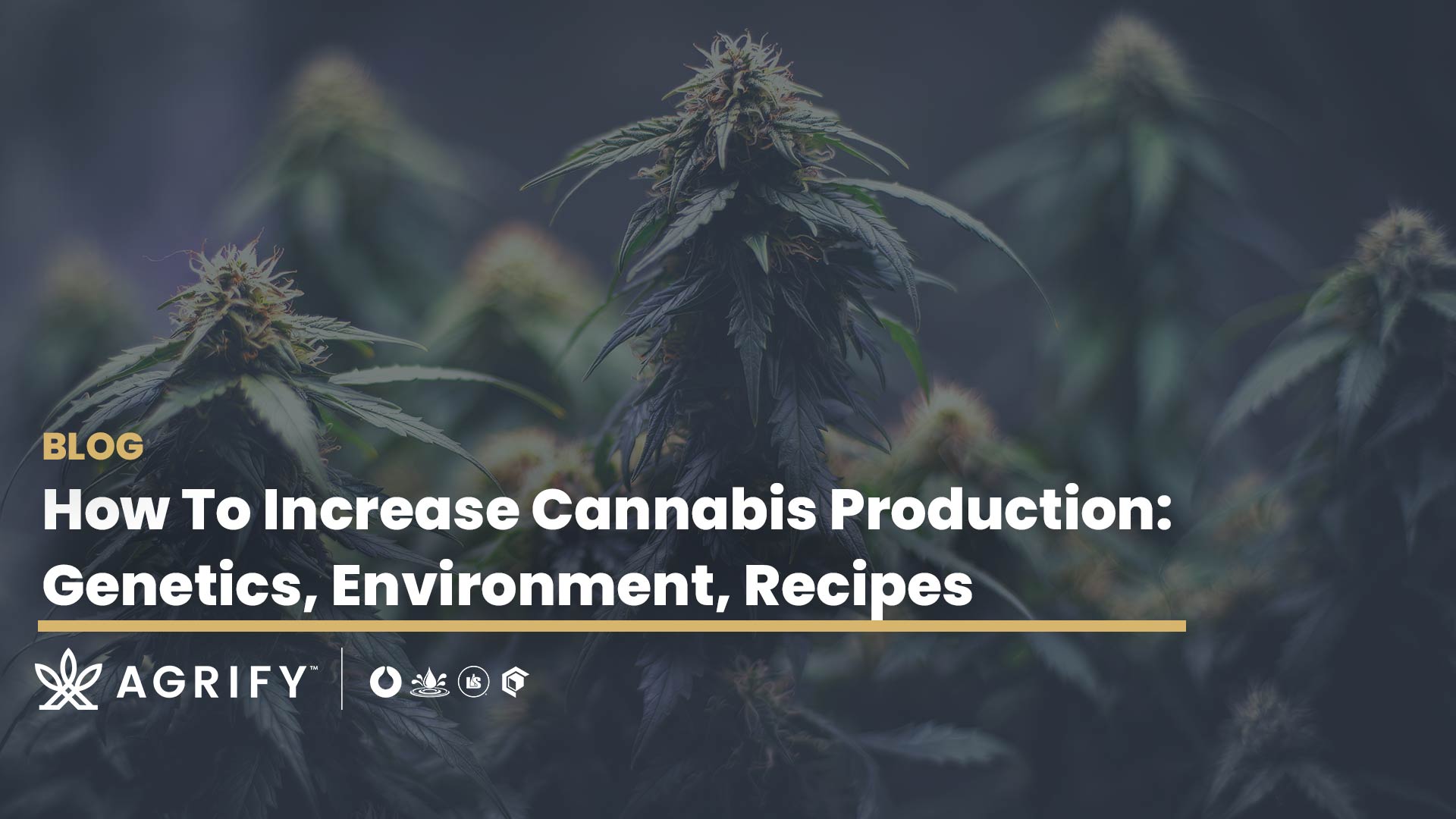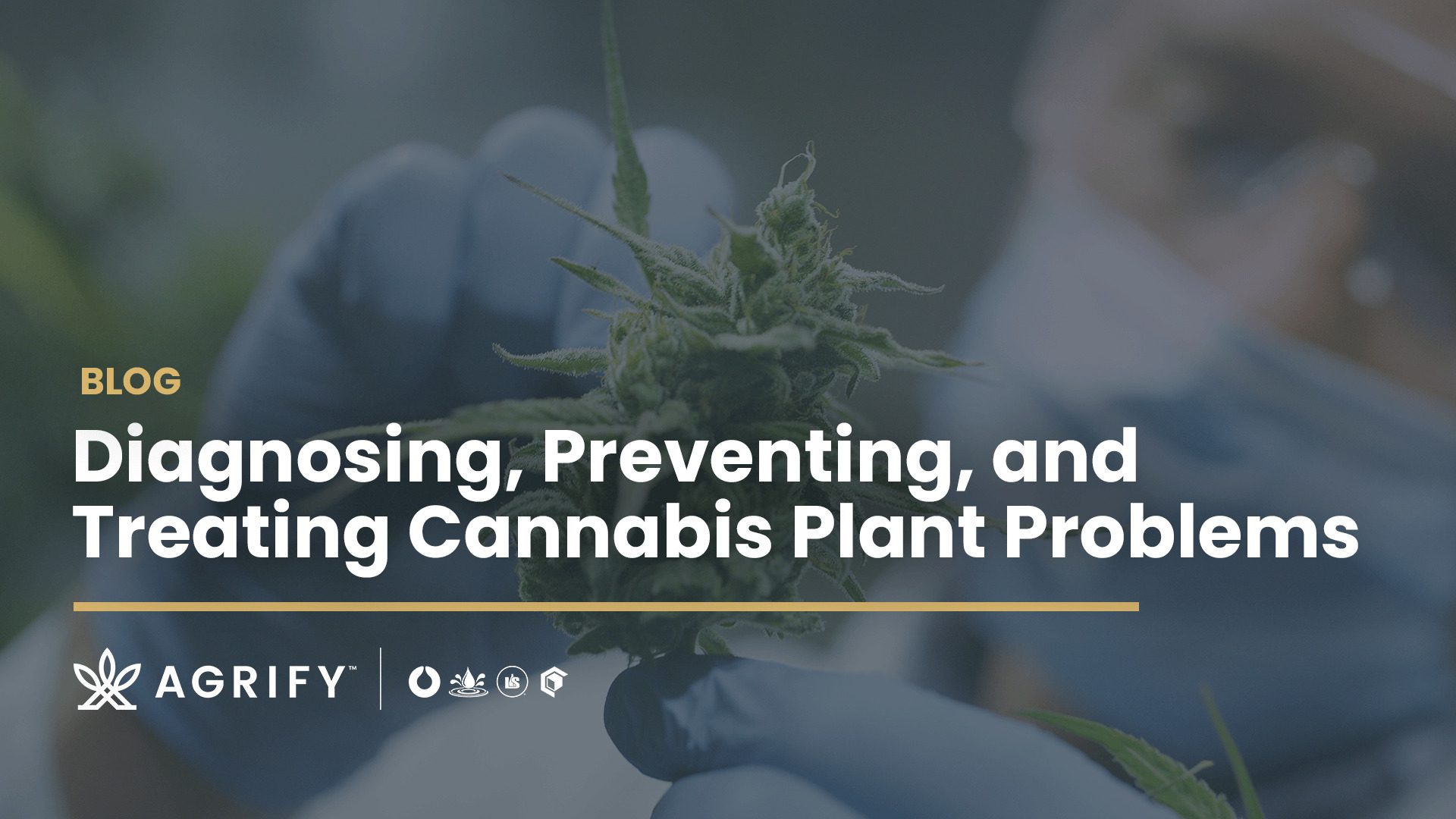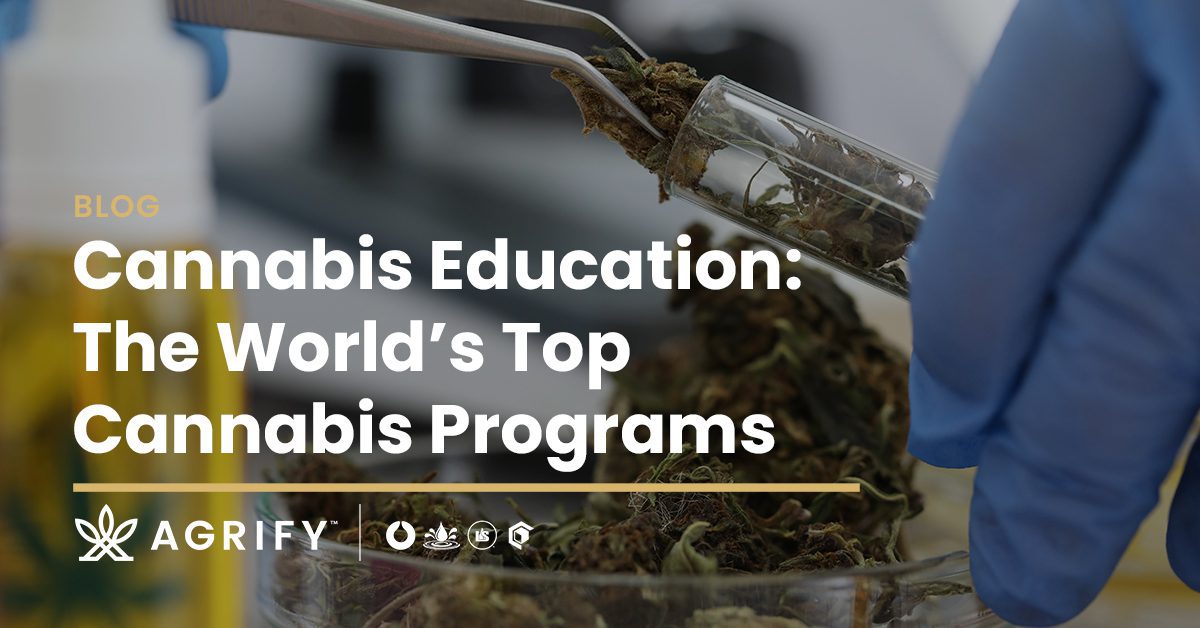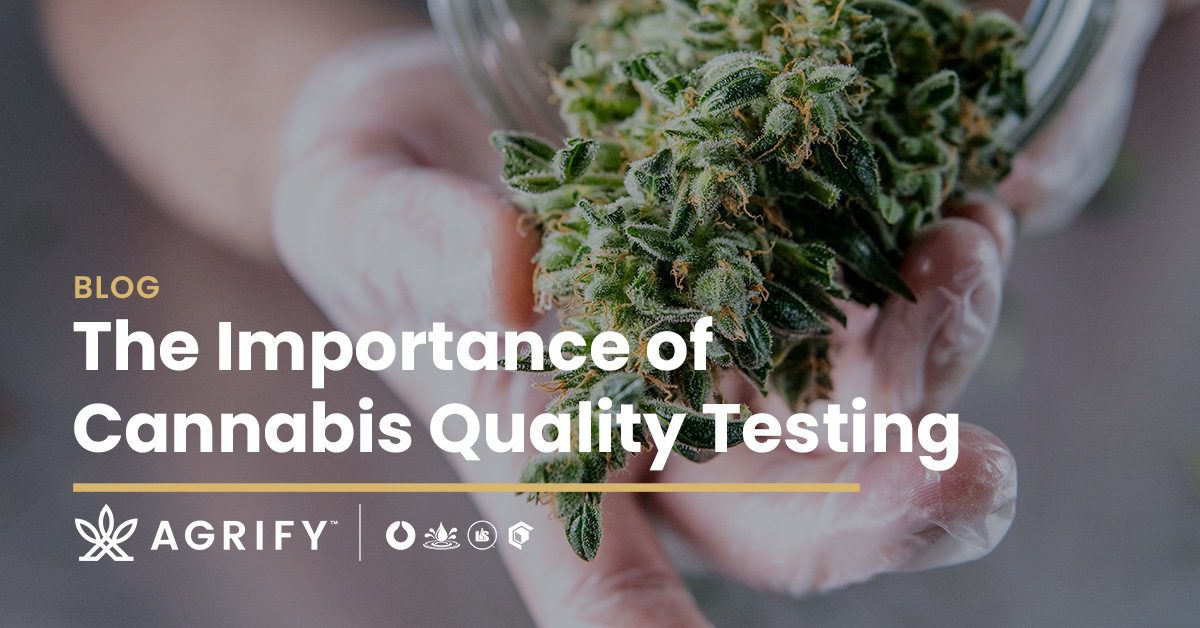Introduction to Cannabis Extraction

The global market for cannabis is expected to reach US $42.89 billion by 202411 https://bdsa.com/2019-was-a-big-year-for-legal-cannabis/ and the cannabis extraction sector is fueling this explosive growth. “Cannabis extracts” refers to the variety of cannabis products formed by separating and concentrating cannabinoids and other plant compounds, refining the experiential and therapeutic effects.
Agrify’s family of iconic extraction and post-production brands—Precision Extraction, Lab Society, Cascade Sciences, and PurePressure— are pushing the evolution of cannabis extraction technologies through innovations in efficiency, throughput, and refinement. But where did cannabis extraction originate? In part one of our four-part blog series, we’ll detail the evolution of cannabis extracts from the first historical evidence of extraction to the start of contemporary methods.
Origin and Early Usage
The Cannabis plant, Cannabis sativa, is one of the earliest cultivated plants. 2 Ethan Russo (August 2007). “History of cannabis and its preparations in saga, science, and sobriquet”. Chemistry & Biodiversity. 4 (8): 1614–1648. In order to better understand the plant’s history, researchers analyzed genetic sequences from 110 distinct cannabis genomes from around the world. Their results determined that cannabis was first domesticated in China approximately 12,000 years ago.3 Ren, Guangpeng, et al. “Large-scale whole-genome resequencing unravels the domestication history of Cannabis sativa.” Science Advances 7.29 (2021).
Early historical records indicate cannabis was considered one of the “five grains” in Pan-P’o village in Neolithic China, where it was cultivated as a food crop.4 Chou, K. 1963. “Analysis of pollen from the Neolithic site at Pan-p’o.” App. 3, Si-an Pan-p’o. Peking. One of the world’s oldest pharmacopoeias, the pen-ts’ao ching (~2700 BC), also notes the use of cannabis as a medicine for a variety of conditions.5 Touwn M. “The religious and medicinal uses of Cannabis in China, India and Tibet.” J Psychoactive Drugs 1981;13(1):23-34.
But when did cannabis extracts first come into use? Chinese surgeon Hua Tuo (140-208 AD) is credited with the first recorded use of cannabis as an anesthetic, in the mixture mafeisan (麻沸散; literally “cannabis boiling powder”)6 Ross, Stewart (2019). The First of Everything: A History of Human Invention, Innovation and Discovery. Michael O’Mara Books. p. 42. While he destroyed the original recipe upon his death, it was likely a combination of a variety of herbs, cannabis, and wine/liquors.7 Chen J (August 2008). ”A Brief Biography of Hua Tuo“. Acupuncture Today. 9 (8). While not an “extract” in the modern sense, the fact that this medical tincture combined cannabis flowers with alcohol (a solvent) provides the basis for its consideration as an early form of concentrated cannabis.
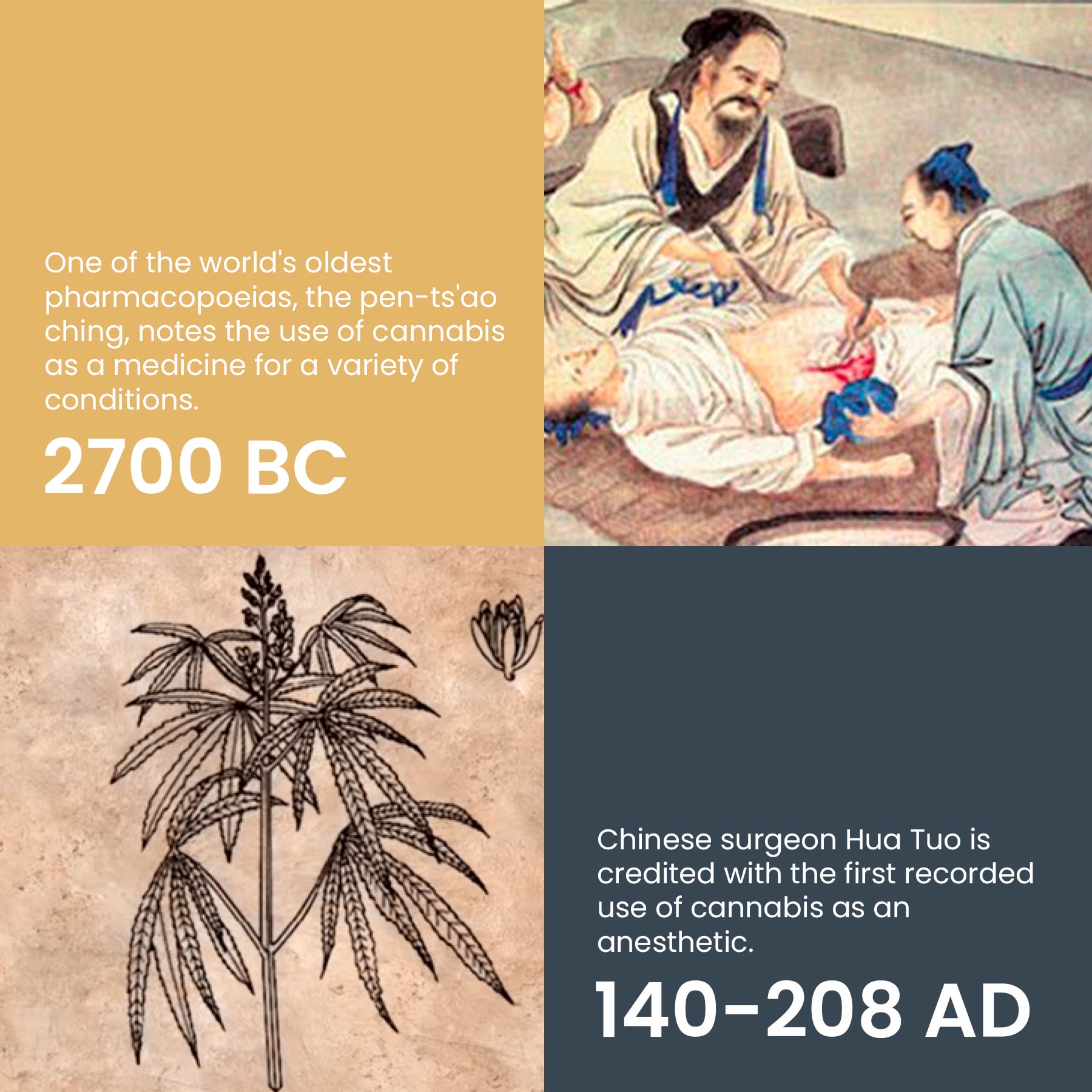
As cannabis spread throughout Asia, records began to emerge describing its cultivation and use in India. Bhang, an Indian concoction of cannabis and herbs/spices, similar to mafeisan, has its origins in myth. In Hindu mythology, Samudra manthan, or “The Churning of the Ocean of Milk,” is a famous story that tells of the gods’ search for amrita, the elixir of life.
These examples demonstrate the variety of early practical, medicinal, and spiritual uses of cannabis. But what about “true” cannabis extracts?
The First “True” Extracts
The first “true” cannabis extract originated in the Indian subcontinent. Charas consists of resin collected from live cannabis plants rolled into balls or sticks and then smoked in a chillum, a straight, conical smoking device made from wood or soft stone. Russo notes in “Cannabis in India: ancient lore and modern medicine,” that, “Indian charas of good quality is said to have a resin content of about 35–45%, which… might yield a theoretical tetrahydrocannabinol (THC) content of up to 30%.” This places charas clearly into the category of a cannabis extract.
The other form of cannabis extract that emerged from this region is hashish (aka hash). Hashish differs from charas in that it is made from taking dried, cured cannabis, sieving the trichomes through a filter, and then pressing the filtered material into a mass. However, the dry sieving hashish production technique likely originated in modern-day Afghanistan sometime during the 1600s, with earlier references to hash simply serving as a different word for charas.8 Black, Bobby. “Hashistory – Part 1: from Persia to Paris.” worldofcannabis.museum. www.worldofcannabis.museum/post/hashistory Accessed 12 July, 2022.
The popularity and use of cannabis continued to grow throughout the region during the Middle Ages, spread by both Sufi Muslims and Mongols, and was well-established throughout the Middle East and Europe by the Early-Modern Era. However, cannabis as not always well received and Pope Innocent VIII (1432 – 1492) issued a papal ban on cannabis medicines in 1484 While this certainly hampered the spread of cannabis into Europe, it was only a temporary roadblock to acceptance.
Modern Cannabis Extracts
Two events helped spur the introduction of cannabis extracts into Europe. When Napoleon’s troops encountered hashish while fighting in Egypt (1798-1801), they helped establish a market for hashish imports from the Middle East to Europe and, by 1843, it was possible to purchase hashish in French drugstores.
Charas extraction was first reported outside of India by Irish physician Sir Walter O’Shaughnessy in 1839, when he brought teachings from India to the Western world. His seminal work, “On the preparations of the Indian hemp, or gunjah,” popularized cannabis tinctures and began a new era of medicinal cannabis extraction in Western society. Cannabis’ utility in medicine and for fiber ensured its establishment in the New World and European colonies.

The next leaps in innovation didn’t arrive until the counter-culture movement of the 1960s and 70s. The modern-day origins of solvent extraction (alcohols at first, followed by hydrocarbons) trace back to the 1970s when the drug smuggling group The Brotherhood of Eternal Love made an early form of distillate. This development led D. Gold to write a book titled Cannabis Alchemy: The Art of Modern Hash Making which described the use of pure alcohol to make a variety of hash oil.9 Gold, D. (1973, March 3rd). Cannabis Alchemy: The Art of Modern Hash Making.

Michael Stark built on these methods, adding new solvents (including ethanol petroleum, isopropanol, and others) into the cannabis extraction world via his groundbreaking book Marijuana Chemistry: Genetics Processing and Potency, originally published in 1990.10 Starks, M. (1995). Marijuana chemistry: Genetics, processing & potency. Ronin.
The first modern solventless extraction technique, bubble hash (also known as ice water hash), was developed in the 1980s and credited to Sadu Sam.11 https://www.edrosenthal.com/the-guru-of-ganja-blog/the-history-of-ice-water-hash The Hash Queen, Mila Jansen, learned from Sadu Sam and pioneered her own line of commercially available Ice-olator bags, which combined dry ice and sieving. Marc Richardson (aka Bubbleman) improved upon Jensen’s method by introducing different screens to separate “grades” of hash, paving the way for the ice water extraction technology we use today.
A decade after bubble hash became popularized, illicit production of solvent extraction took off. Known as butane hash oil (BHO), this volatile technique spread like wildfire following a post in 1999 by Indra Gurung on the underground website Erowid.12 Gurung, I. (1999, May 1). Hash Honey Oil The Boffo Butane-PVC Hash Oil Extractor . Erowid cannabis vault : Hash Honey Oil Technique. Retrieved May 20, 2022, from https://erowid.org/plants/cannabis/cannabis_info13.shtml Extractors used PVC tubes and butane to strip cannabinoids from raw plant material. Though affordable, this process was extremely hazardous, and the final product often contained dangerous petrochemical residuals. Despite the development of new extraction techniques in the illicit market until the 2010s, most innovation was hampered by the lingering policies of America’s War on Drugs and the classification of cannabis as a Schedule 1 Drug.
When anti-cannabis sentiment and prohibitionist legislation began to shift in the late 1990s, the first medical cannabis programs sparked the development of today’s cannabis extraction methods. California heralded this new era of legal cannabis in North America when the state passed Proposition 215 in 1996, making it the very first legal medical marijuana market in the US.13 Summers, Montague. The Geography of Witchcraft. Kessinger Publishing. 2003. Other states then followed suit, leading to a landslide of medical, and now recreational or “adult-use,” cannabis laws that have exploded across the US, Canada, and globally, in countries including Germany, France, Italy, Israel, Australia, Thailand, and others. While significant, this progress continues to be piece-meal, with older and more established cannabis markets leading innovations in extraction.
Curious about contemporary extraction? Stay tuned for part two in this series to learn more about the rise of cannabis extraction equipment and cannabis extraction today!
For more information about how Agrify is driving extraction innovation, talk to an Agrify extraction expert today.
